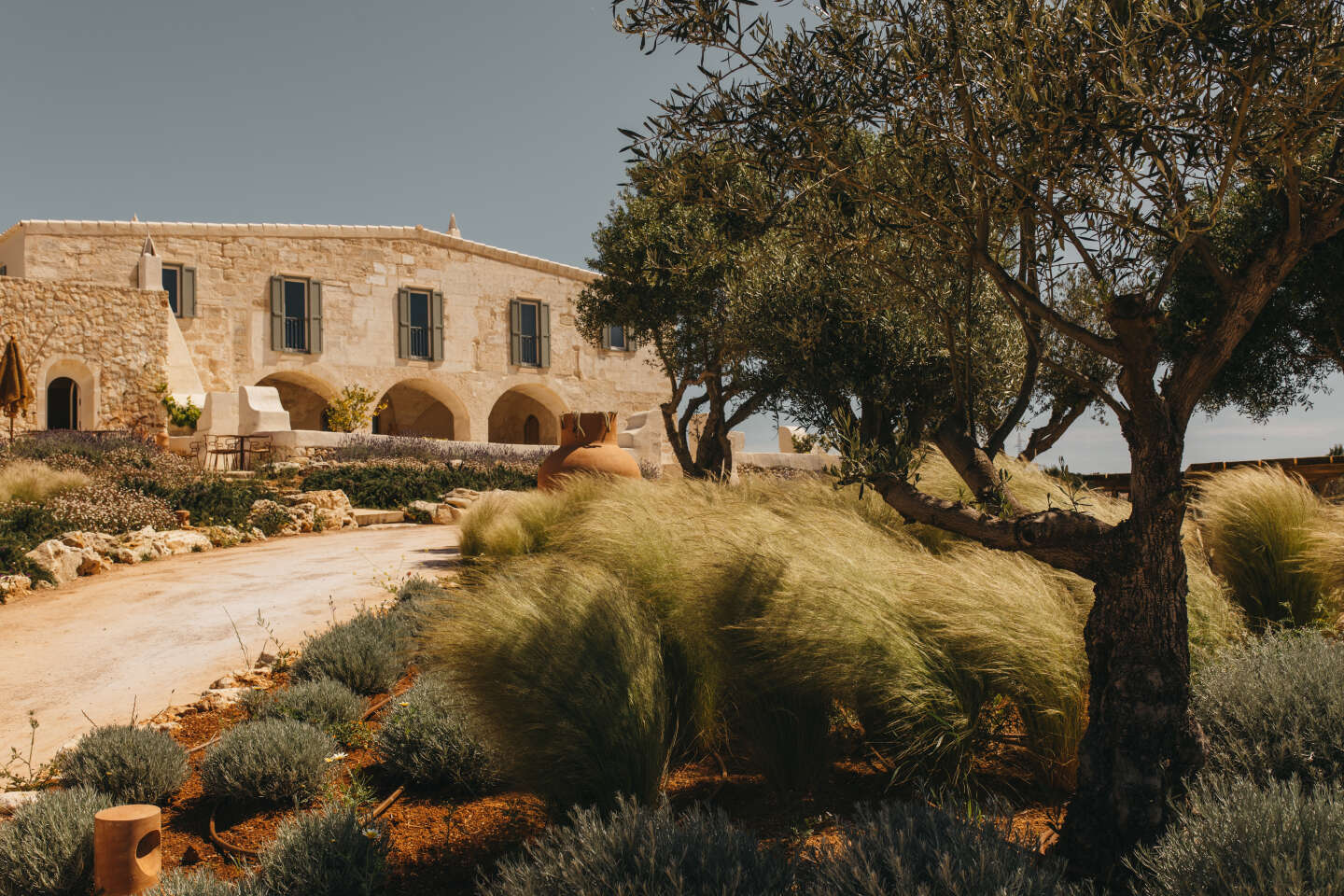It is not an architectural book, although it received the Book Award of the Academy of Architecture in November 2023. The care of things, by Jérôme Denis and David Pontille (La Découverte, 2022), is an immersion in the world of care, this modest art of continuing things with a strong ecological and political meaning. The sociological essay supports the thinking of architects, more and more of themselves wanting to offer new life to existing buildings, instead of demolishing them to build new ones.
“The book circulated a lot in architecture schools. The students saw it as a way to adapt their profession to the issues raised by the climate crisis, the depletion of resources and the lack of housing, Jérôme Denis testifies. Rethinking the current building to meet contemporary needs appears to them as a more virtuous and pragmatic way of creating, the antithesis of performance architecture, of an artistic gesture that is often immodest and masculine. »
This was also the aim of the exhibition “Conserve, adapt, transfer”, organized by the Pavillon de l’Arsenal a year ago, where forty-four Parisian projects were presented to transform the existing one. Remember that according to the latest report on the global state of buildings and construction, published in 2022, construction represents 40% of global carbon emissions and that demolition produces much more CO₂ than rehabilitation.
Do not destroy but transform, this has been the main motive for twenty-five years of Anne Lacaton and Jean-Philippe Vassal, awarded the Pritzker Prize 2021. “for their approach of sobriety and generosity”. Lacaton & Vassal, to whom we owe the reinvention of the Palais de Tokyo or the creation of the FRAC Nord-Pas-de-Calais on the site of the former Dunkirk shipyards. Committed to saving residential buildings from the 1960s-1970s, which urban renewal policy condemns to demolition and replacement, the two architects, with their colleague Frédéric Druot, distinguished themselves for the first time in 2011, by transforming the Bois-le-Prêtre. tower, unsanitary HLM bar on the edge of the ring road, in the 17e district of Paris, in spacious and bright apartments, each with a winter garden.
“Any time we can bring a building back to life, it’s a win,” also argues Patrick Rubin, co-founder, with his brother, Daniel, of the Canal Architecture agency. While his generation was thinking about building the new city, he was one of those who, since the 1980s, invested in wastelands, disused buildings after the deindustrialization initiated by the first oil crisis, in 1973-1974. “Industrial buildings are very intelligent, greets the architect. They have high ceilings, large openings and have no interior load-bearing walls. So many assets that multiply the possibilities of transformation. »

